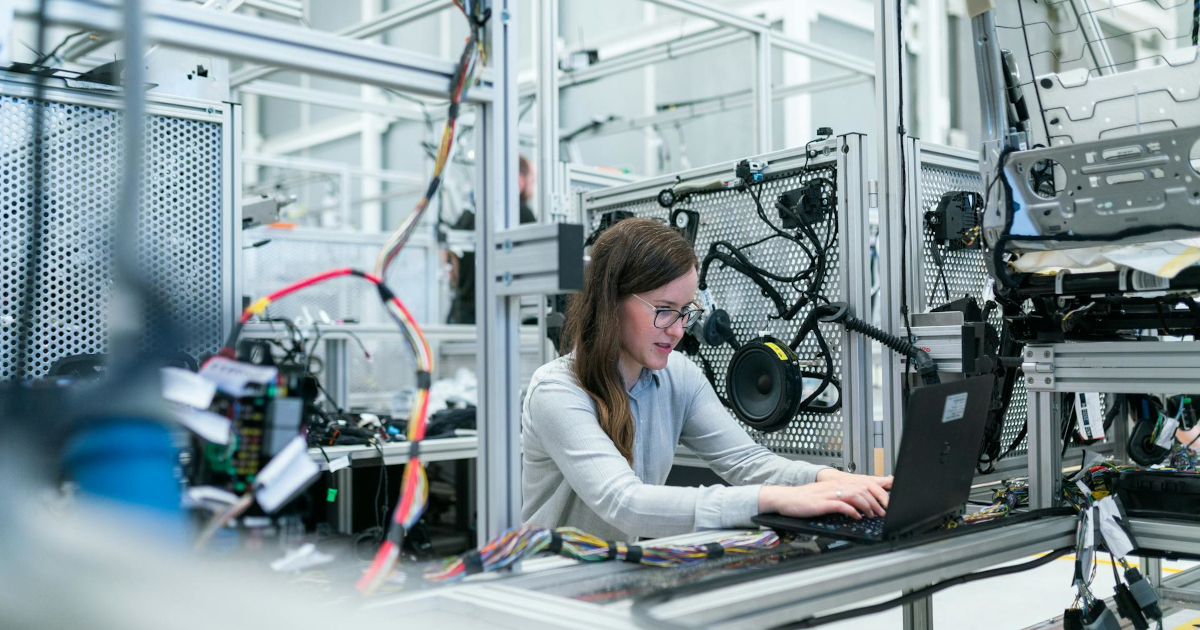Breakthrough in Flexible 3D Circuits: Liquid Metal Technology Promises Next-Generation Electronics

Summary
Full Article
Researchers have unveiled promising advancements in flexible three-dimensional integrated circuits (3D ICs) using gallium-based liquid metals, offering breakthrough solutions for next-generation electronic technologies. By leveraging sophisticated 3D printing techniques, scientists can now create high-resolution, scalable circuits with unprecedented flexibility and biocompatibility.
The research, published in the Wearable Electronics journal, highlights innovative fabrication methods that overcome traditional limitations in flexible electronics. Direct ink writing, coaxial printing, and hybrid printing techniques enable precise liquid metal deposition, creating circuits that can conform to various surfaces and substrates, including polymers, hydrogels, and textiles.
Key challenges addressed include liquid metal's inherent oxidation tendencies and structural instability. Researchers have developed sophisticated strategies such as nanoparticle doping, core-shell structures, and advanced printing techniques like freeze-assisted and hydrogel-supported printing to enhance circuit performance and durability.
The potential applications are vast, ranging from wearable healthcare monitoring to bioelectronic implants and robotic systems. By embedding magnetic particles and employing phase transformation engineering, researchers can create adaptive, potentially self-healing electronic systems with tunable properties.
Despite significant progress, researchers acknowledge remaining challenges in scalability, reproducibility, and long-term durability. Future research will focus on developing more resilient circuits, optimizing biocompatibility, and leveraging artificial intelligence to enhance fabrication precision.
This groundbreaking work represents a critical step toward intelligent, high-performance flexible electronics that could transform human-machine interactions across multiple domains.

This story is based on an article that was registered on the blockchain. The original source content used for this article is located at 24-7 Press Release
Article Control ID: 47401